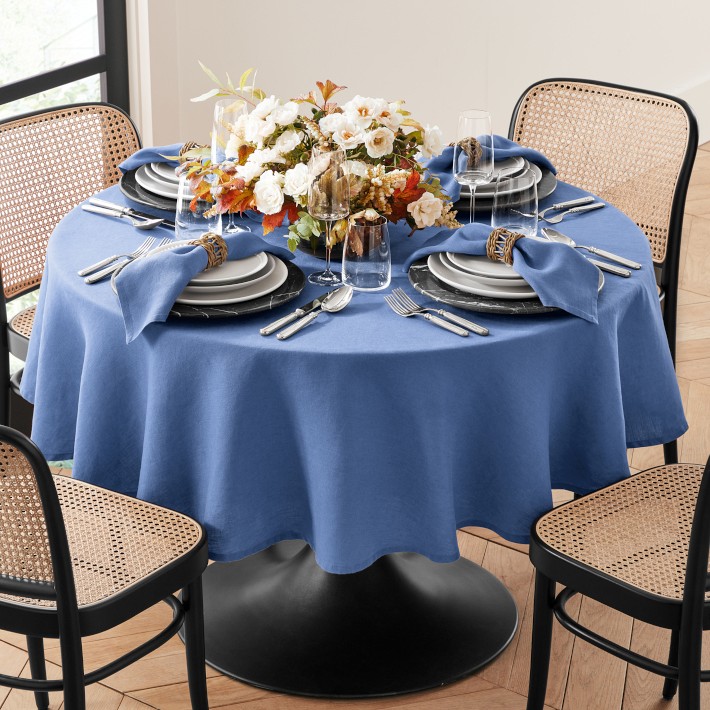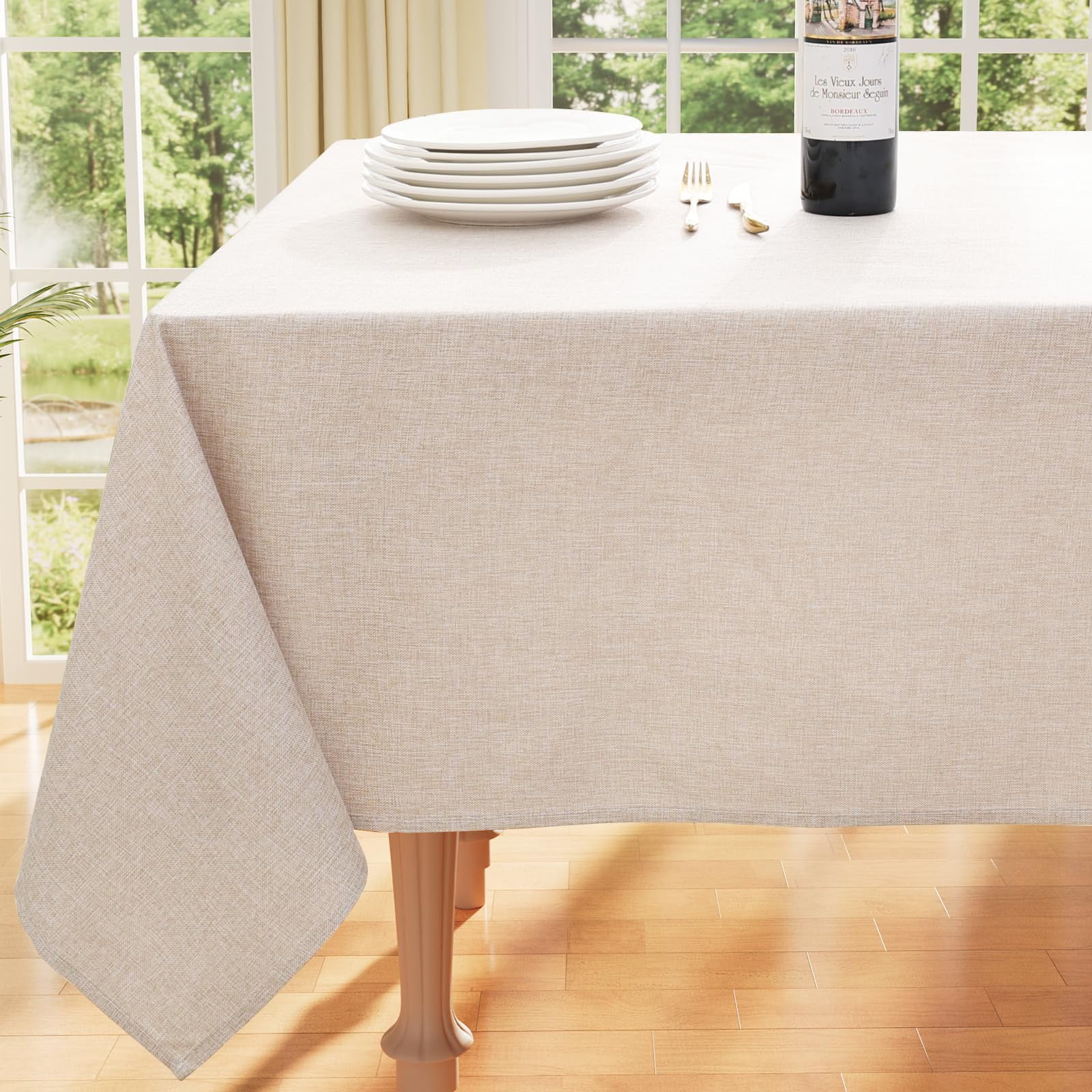Trendy Table Runner Concepts: Change Your Dining Experience
Linen Material Technologies: Exploring Modern Trends and Creative Applications in Design and Textile Market
From sustainable production methods to advanced weaving innovations, the evolution of linen is reshaping the landscape of the textile industry. As we delve into the worlds of imaginative layout applications and the appearance of bed linen blends and crossbreed textiles, a brand-new phase unfolds in which linen's role in future textile developments takes center stage.
Sustainable Practices in Bed Linen Production
Sustainable techniques in linen production have actually come to be progressively vital in the textile industry's initiatives to lessen environmental impact and advertise honest sourcing methods. Bed linen, a natural fiber derived from the flax plant, supplies a variety of benefits such as durability, breathability, and biodegradability. However, typical techniques of linen manufacturing can involve substantial water usage, chemical usage, and energy-intensive procedures.
To attend to these challenges, several textile producers are taking on lasting methods throughout the bed linen production process. This consists of sourcing flax from natural farms that stay clear of dangerous pesticides and chemicals, applying water-efficient retting strategies to essence fibers from the flax stalks, and utilizing environmentally friendly dyes and finishes. In addition, some companies are purchasing renewable resource resources to power their production centers and decreasing waste through recycling and upcycling efforts.
Technological Improvements in Bed Linen Weaving
With the growing emphasis on lasting techniques in linen production, the fabric sector is currently seeing a rise in technical developments particularly intended at revolutionizing the art of linen weaving. These advancements are reshaping the method bed linen fabrics are generated, offering boosted efficiency, high quality, and creative thinking in weaving techniques.
One of the crucial technical developments in bed linen weaving is the integration of computerized looms. These sophisticated looms are outfitted with software that enables detailed and complex designs to be woven with precision. By digitizing the weaving procedure, suppliers can achieve higher consistency and accuracy in their linen materials.
In addition, improvements in thread spinning technology have allowed the manufacturing of finer and even more sturdy bed linen threads - table cloths. This results in softer and smoother linen materials that preserve their quality also after numerous uses and laundries
In addition, the growth of environmentally friendly dyeing processes and surfaces for linen materials is obtaining grip. These lasting techniques not only reduce the environmental effect yet additionally deal with the boosting consumer need for fairly produced textiles.
Creative Layout Applications for Bed Linen
Innovative creative strategies are progressively forming the creative layout applications for bed linen in the fabric market. Linen's natural visual charm and capacity to blend with various other textiles make it a favorite choice for developing special garments and accessories that provide to the ecologically conscious consumer.
In addition, designers are try out bed linen in home design, utilizing its durable and breathable nature to craft trendy home furnishings such as curtains, bedding, and upholstery. The texture and drape of linen bring a sense of class and comfort her explanation to indoor spaces, adding a touch of beauty to contemporary homes.

Linen Blends and Hybrid Fabrics

Hybrid fabrics, on the various other hand, take the principle of blending an action better by including additional aspects such as metallic strings, recycled products, or conductive fibers. These cutting-edge textiles not only expand the style possibilities yet also introduce practical facets like conductivity, antimicrobial properties, or boosted durability. Crossbreed fabrics are significantly being utilized in various markets, including fashion, interior design, and technical textiles, where the demand for multifunctional materials gets on the rise.
Linen's Role in Future Fabric Innovations

In the world of future fabric technologies, linen is expected to be a principal in the advancement of innovative useful materials. Designers and scientists are discovering means to improve bed linen's fundamental Full Report high qualities via technical innovations, such as including clever textiles, nanotechnology, and efficiency surfaces. These developments intend to raise bed linen's performance attributes, making it suitable for a more comprehensive series of applications, from activewear to protective garments.
Furthermore, the combination of bed linen with various other all-natural or artificial fibers opens up endless opportunities for creating novel fabrics with distinct buildings and performances. By leveraging linen's characteristics and exploring ingenious blends, the fabric sector is poised to introduce exciting developments that cater to progressing customer needs and sustainability demands.
Final Thought
To conclude, the exploration of lasting methods, technical innovations, imaginative layout applications, linen blends, and its duty in future textile innovations highlight the continuous development of bed linen fabric in the modern design and textile industry. With a concentrate on development and creativity, the versatility and eco-friendly nature of linen make it a valuable product for producers and designers alike, leading the way for more advancements and innovations in the area of textiles.
As we dig into the worlds of creative layout applications and the introduction of bed linen blends and crossbreed textiles, a brand-new phase unfolds in which linen's function in future fabric innovations takes center stage.
Checking out the blend of bed linen with various other textiles Read Full Report has actually led to the appearance of innovative blends and crossbreed fabrics in the contemporary fabric market. Bed linen blends provide a distinct combination of the characteristics of bed linen with those of other fibers, resulting in materials that possess improved residential properties such as enhanced longevity, enhanced draping, and reduced wrinkling.The advancement of linen blends and hybrid fabrics has established the phase for Bed linen to play a critical function in driving future textile innovations.In the realm of future textile developments, bed linen is anticipated to be an essential player in the growth of innovative practical textiles.